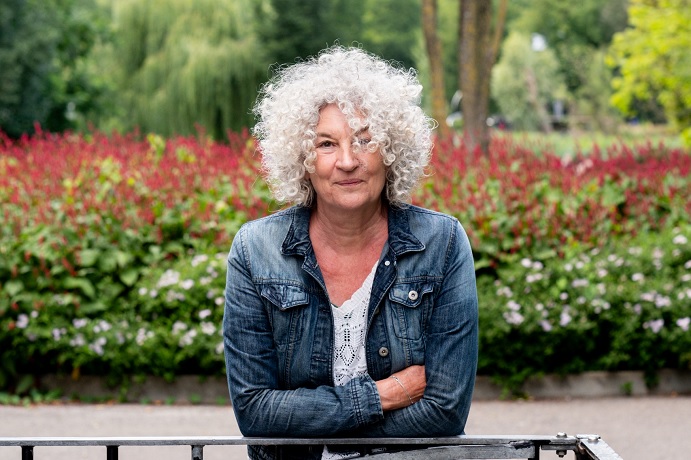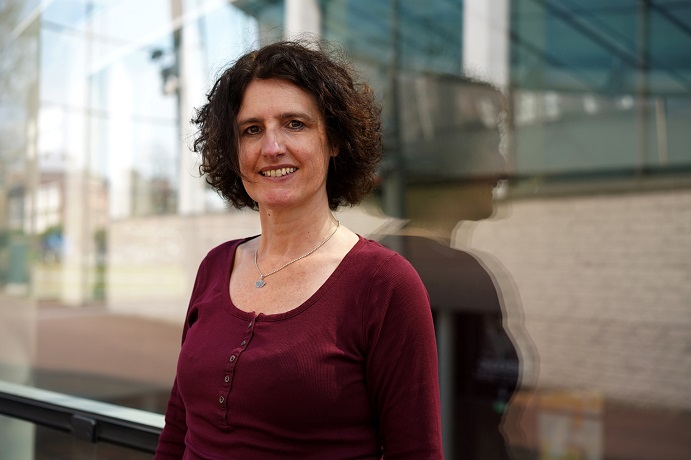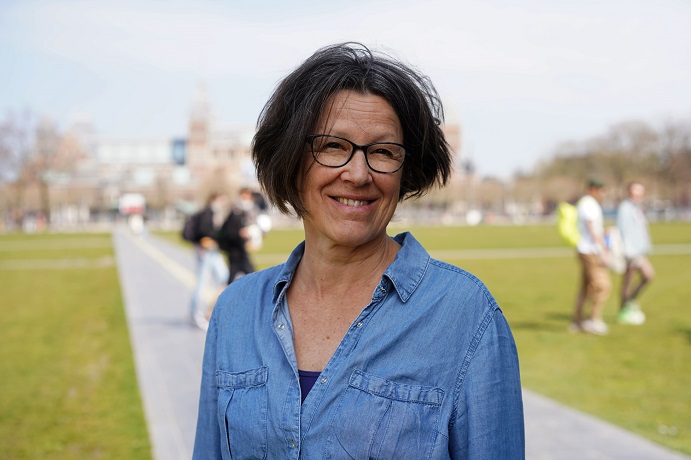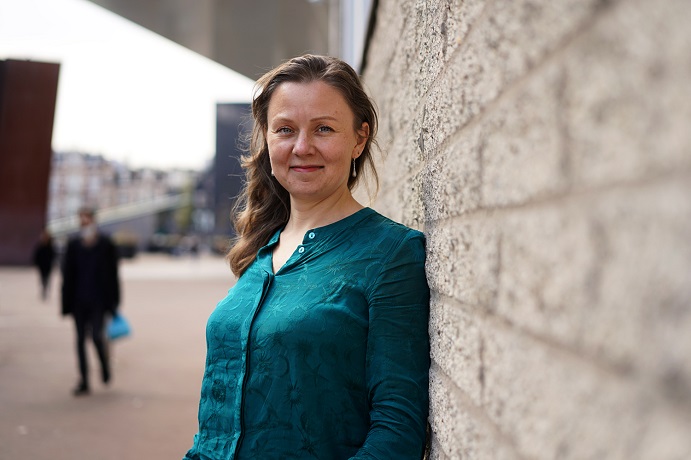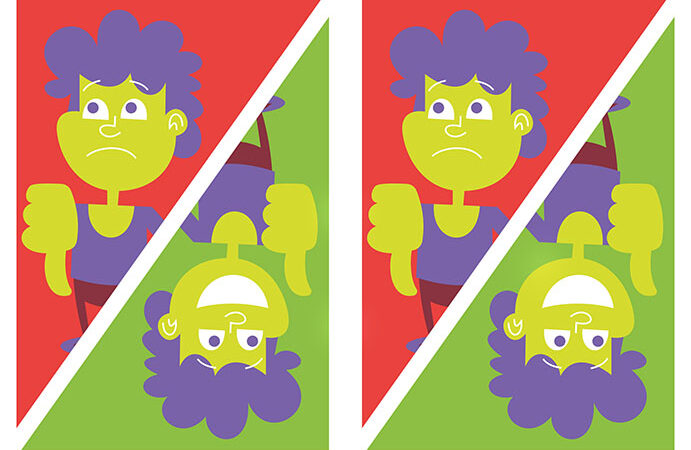The Card Game Social Safety helps you search for nuance. It helps you find the words to express what you find acceptable and what you don’t. It helps you think about what is not allowed within the organization and where the room for maneuver is in volunteering and to make agreements with each other about rules and regulations. Download the game and manual [here].
Hear, see, and…?

Dealing with signs of domestic violence and child abuse in 100% volunteer organizations
Do volunteers come into your organization to help in domestic situations? For example, as a buddy to assist with forms, to go for a walk or run an errand? To provide homework support to children? To cook for a community table or teach Dutch lessons?
Volunteers often notice signs of domestic violence and child abuse or have a gut feeling that something is not right, and they don’t always know what to do with these signs. When your organization works with professionals, you have to address these situations. But what do you do when your organization relies entirely on volunteers? That is a dilemma. Do you take steps to stop violence or not?
If I do…
- Then I will do things that are not in my organizational goals. We are here for the walk, the forms, or the homework assistance.
- Then I have to do something for which I do not have the competencies;
- Then my volunteers have to engage in conversations they were not hired for or chose to have;
- Then I have to teach my volunteers to engage in low-threshold conversations with those involved, and when they are open to help, the chance of sustainable violence cessation is significantly higher;
- Go ahead, fill in…
If I don’t do it…
- Then my target audience remains in an unpleasant home situation;
- Then I know that my target audience also comes into contact with other organizations that can identify and take action, such as schools or the general practitioner;
- Then the volunteers are there for a pleasant moment in the week;
- Then my volunteers can continue to walk around with uneasy feelings and maybe even drop out;
- Go ahead, fill in…
Reflecting on this dilemma and making conscious choices gives direction to what you are going to set up in your organization. Making conscious choices ensures that you can write and tell volunteers and partners well-founded what you do and do not do.
Questions and emergency needs
Know that you can call [emergency number] immediately in case of questions and emergencies.Safe at Home(0800-2000, free and available 24/7).
Veilig Thuis Amsterdam-Amstelland is committed to stopping and preventing all forms of domestic violence and child abuse, and ensuring sustainable safety for all involved, from young to old.Do you want to continue discussing this dilemma and the choices your organization needs to make?Call and speak with a VCA advisor in your neighborhood.
From November 16th to 22nd, it is theWeek against Child Abuse,with this year’s theme: Learning from each other.


